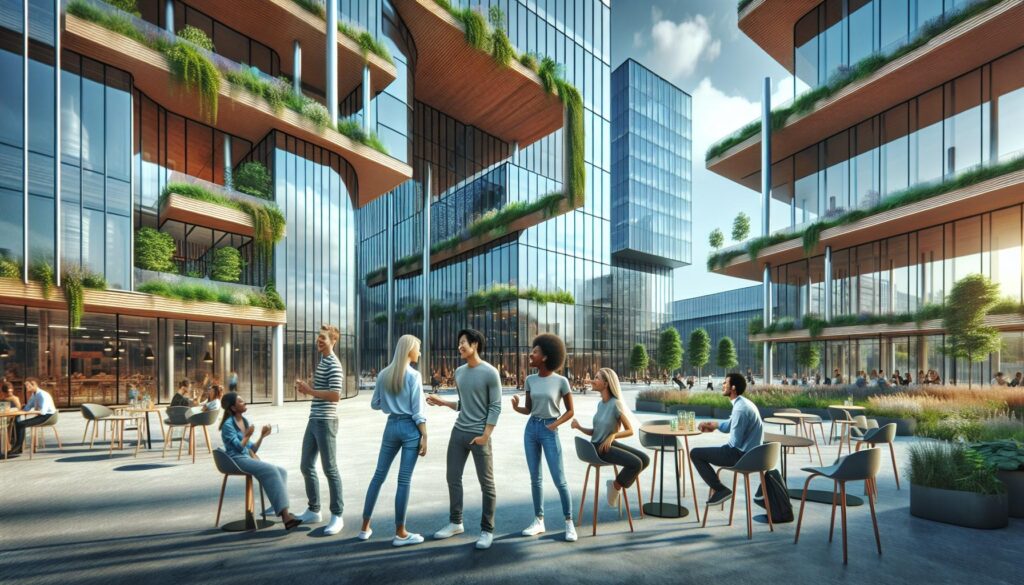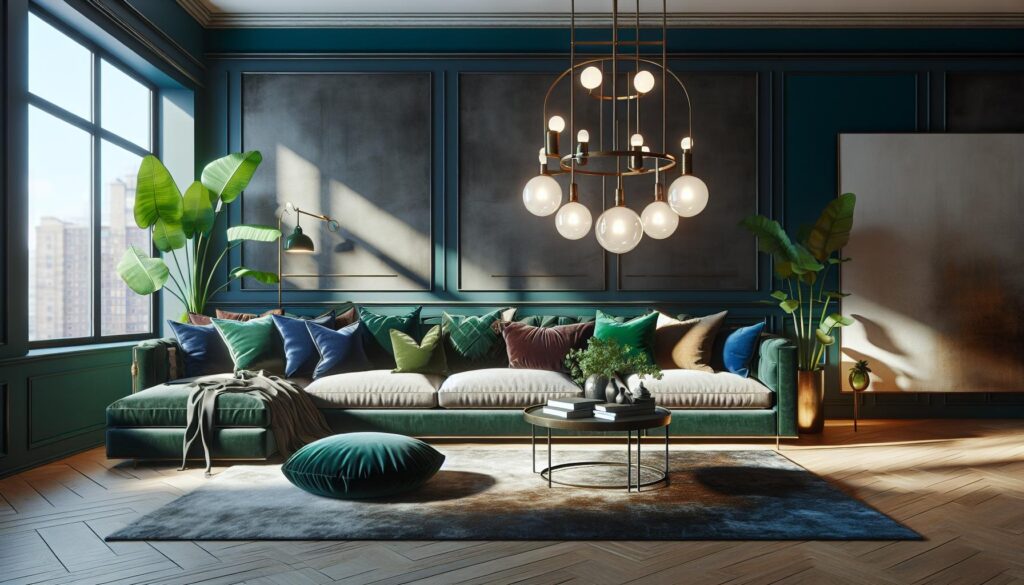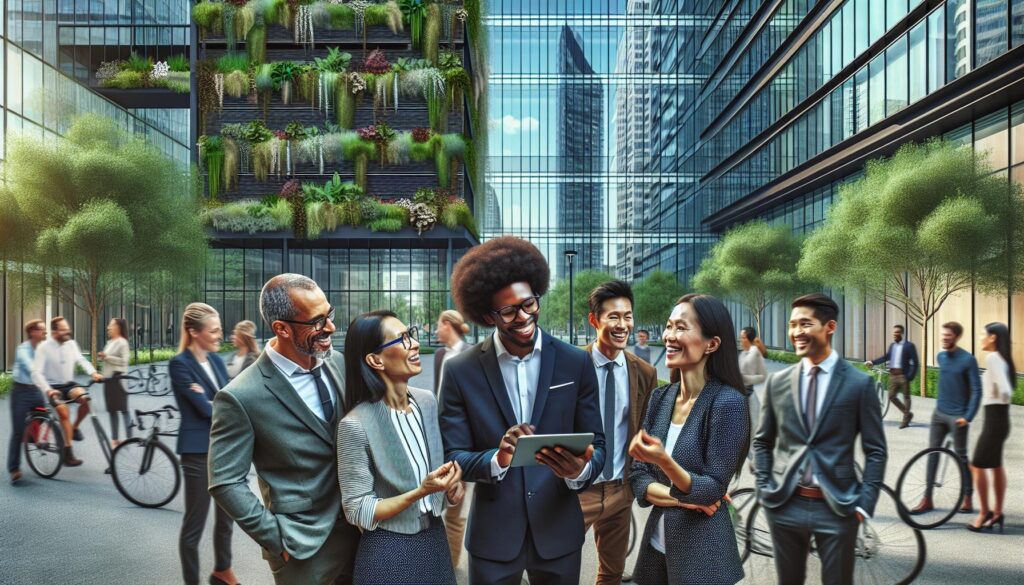In 2019, architectural design took a delightful turn, blending innovation with a dash of whimsy. Forget the cookie-cutter buildings of yesteryears—this year’s trends showcase creativity that’s as bold as a triple espresso on a Monday morning. From sustainable materials to biophilic designs, architects are crafting spaces that not only look good but also feel good.
Imagine walking into a home that feels like a breath of fresh air, quite literally. With nature spilling into urban environments and smart tech seamlessly integrated into our daily lives, 2019 is all about making architecture work harder for us. So buckle up as we dive into the trends that are shaping the way we live, work, and play—because who wouldn’t want their space to be as fabulous as their Instagram feed?
Architectural Design Trends 2019
Architectural design in 2019 showcased remarkable shifts towards innovation and sustainability. Creativity thrived in this year, breaking the constraints of traditional building methods. Designers increasingly favored sustainable materials that minimize environmental impact while enhancing durability.
Biophilic design gained traction, emphasizing the integration of nature within urban spaces. Natural elements such as greenery, water features, and sunlight became central themes in architectural planning. Urban environments started to transform, creating healthier and more appealing settings for individuals.
Smart technology emerged as a crucial aspect of modern design. The integration of advanced systems, like energy-efficient solutions and automated amenities, streamlined daily life. Designers worked to incorporate technology seamlessly into structures, enhancing functionality without compromising aesthetics.
Open floor plans saw a rise in popularity, promoting flexibility and connectivity in living spaces. These layouts supported dynamic lifestyles, allowing spaces to adapt to various activities and gatherings. Multifunctional furniture items also gained recognition for their practicality and space-saving qualities.
Sustainable practices defined a new era of design, given the increasing awareness of environmental issues. Architects prioritized energy efficiency, water conservation, and the use of recycled materials. These actions contributed to significantly reduced carbon footprints in new developments.
2019 marked a pivotal year for architectural design trends. The focus on innovation, sustainability, and well-being shaped lively and functional spaces that foster connections among individuals and the environment.
Sustainable Design Practices
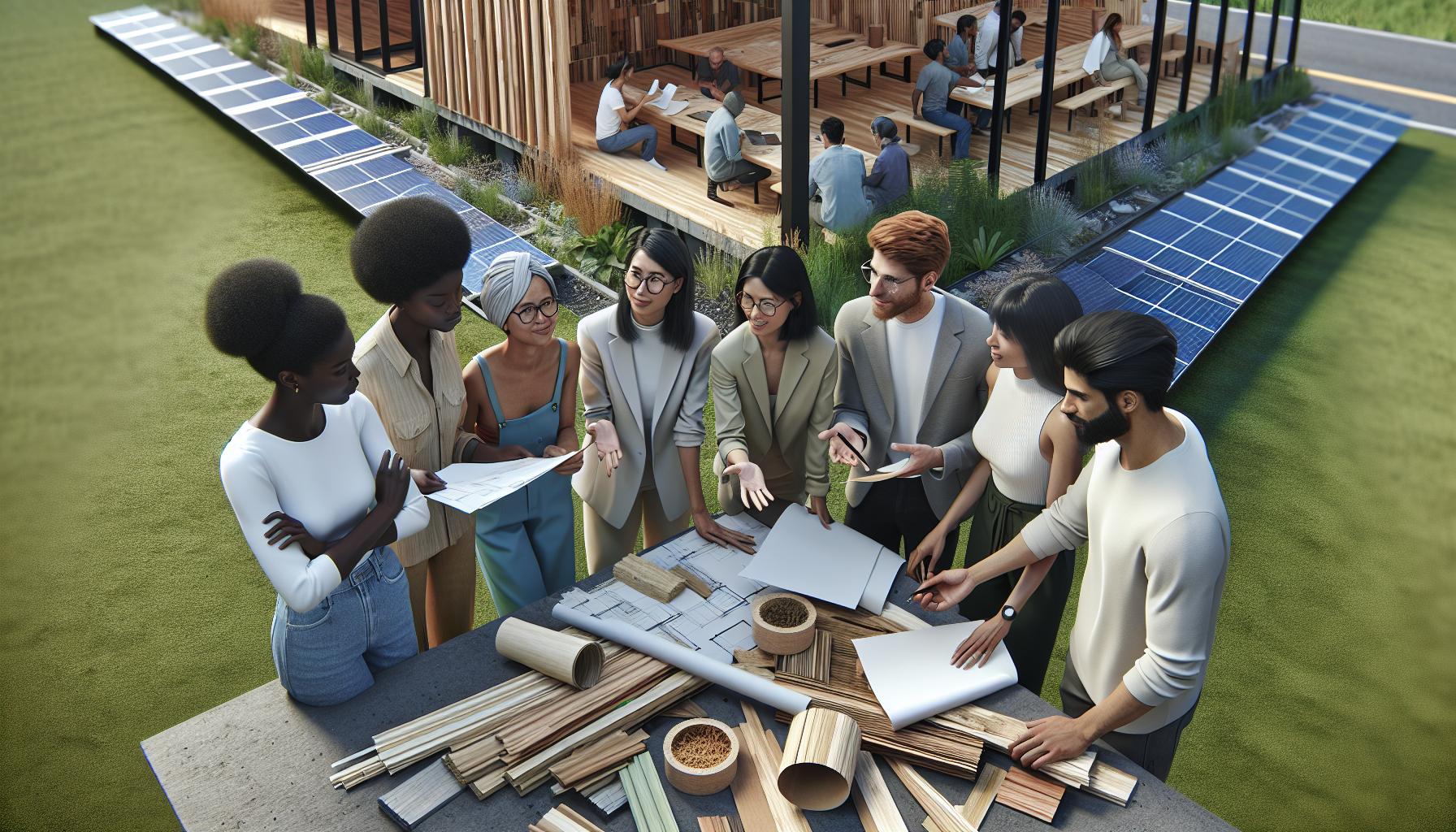
Sustainable design practices emerged as a key focus in architectural trends of 2019, emphasizing environmental consciousness in every aspect of building. Techniques that incorporate nature and sustainability became prevalent.
Eco-Friendly Materials
Architects increasingly utilized eco-friendly materials in new constructions. Recycled steel, reclaimed wood, and bamboo gained popularity due to their low environmental impact. Options like low-VOC paints and sustainable insulation further reduced harmful emissions, promoting healthier indoor air quality. Biodegradable materials also made their mark, enhancing aesthetics while ensuring minimal ecological footprints. Through these choices, buildings reflected a commitment to protecting natural resources and reducing waste.
Energy Efficiency
Promoting energy efficiency proved fundamental in the designs of 2019. Features such as high-performance windows and advanced insulation systems became standard, lowering energy consumption significantly. Smart home technologies designed for energy management provided residents with real-time insights, encouraging responsible usage. Solar panels and green roofs contributed to sustainable energy solutions, enabling buildings to generate their own power. By prioritizing energy-efficient design, architects fostered environments that effectively supported both ecological health and economic savings.
Minimalism in Architecture
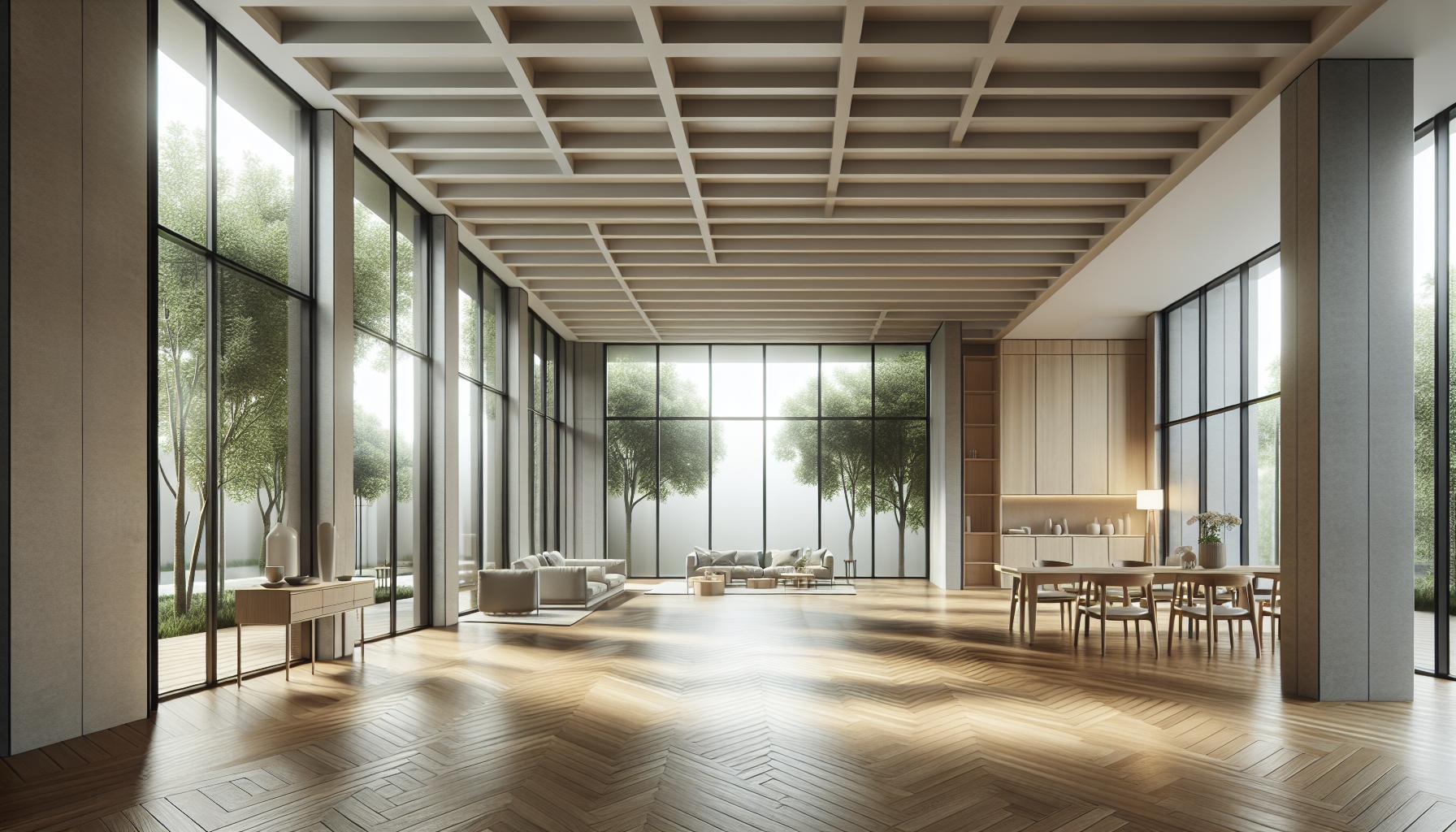
Minimalism in architecture reflects a focus on simplicity and functionality, showcasing the beauty of less. This trend prioritizes clean lines and open spaces, creating environments that foster calmness and clarity.
Open Spaces
Open spaces enhance the sense of freedom and connectivity within a structure. Buildings increasingly feature expansive layouts, allowing natural light to permeate every corner. These vast areas promote social interactions and fluid movement, accommodating various activities. Architects incorporate large windows and sliding doors, blurring the lines between indoor and outdoor environments. As a result, this design choice supports healthier living by integrating nature into daily life.
Simplistic Aesthetics
Simplistic aesthetics emphasize understated elegance and the power of design. Architects select a limited palette of colors and materials, resulting in harmonious spaces that focus on craftsmanship. Natural textures, such as wood and stone, reflect a commitment to sustainability while providing visual warmth. Furnishings in minimalist designs often serve dual purposes, enhancing functionality without overcrowding the space. Such approaches cater to a lifestyle that values simplicity, encouraging occupants to appreciate surroundings rather than distractions.
Technology in Architectural Design
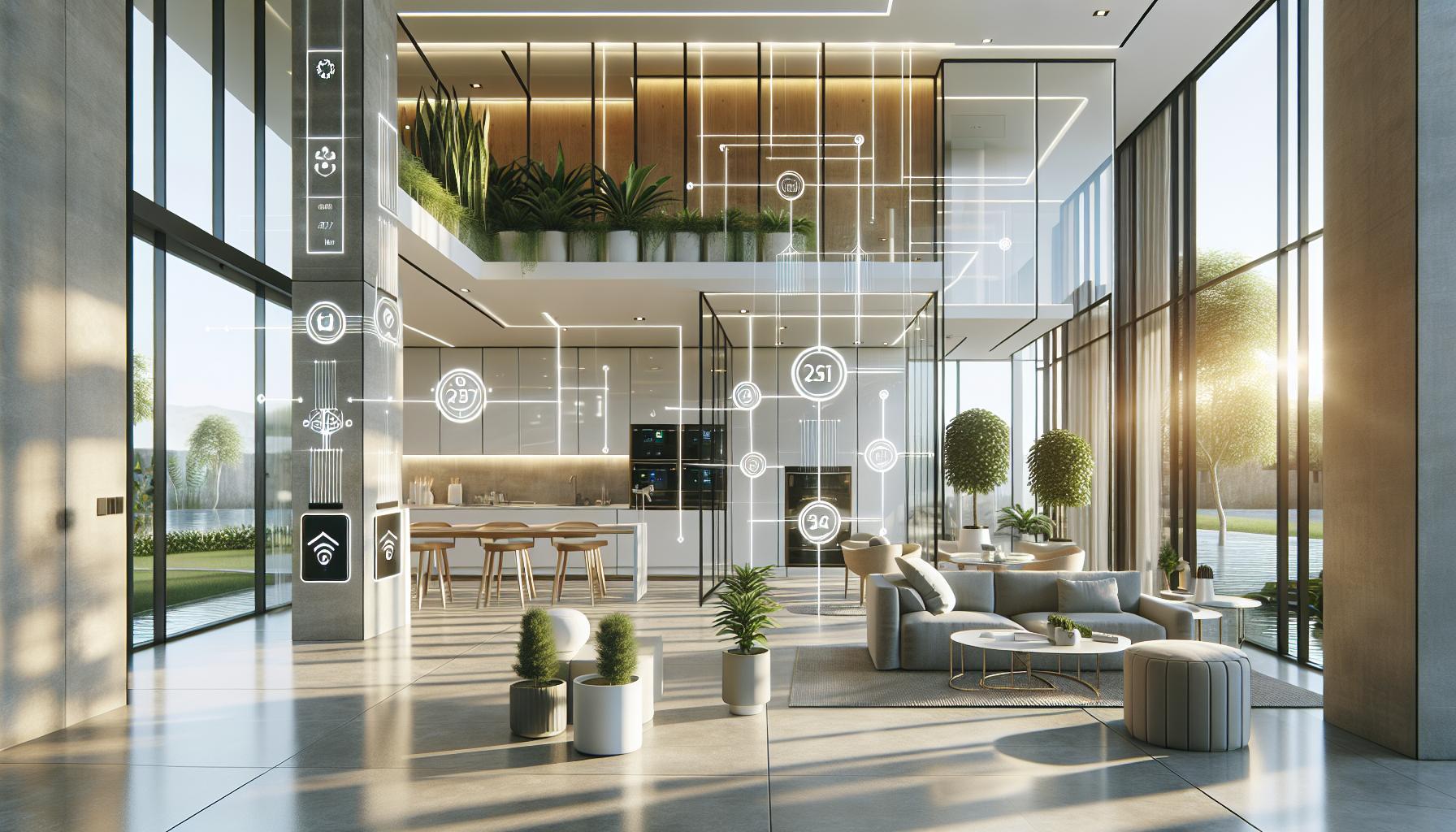
Technology significantly influenced architectural design in 2019, emphasizing innovation and functionality. Smart technology integration enhanced living experiences and promoted energy efficiency.
Smart Home Features
Smart home features transformed residential design, focusing on convenience and energy management. Devices like smart thermostats and automated lighting systems optimize energy use and provide real-time feedback. Homeowners achieve personalized control over environments, adjusting settings to fit their lifestyles. Voice-activated assistants streamline everyday tasks, enhancing efficiency and accessibility. Systems that monitor water usage and security elevate safety standards while promoting eco-friendly habits. Such advancements illustrate a clear shift towards creating smart living spaces, perfectly blending technology with contemporary architecture.
Virtual Reality in Planning
Virtual reality (VR) emerged as a valuable tool in architectural planning and design. Architects utilized VR to create immersive environments for clients, enabling them to visualize projects before completion. These interactive experiences facilitate better understanding of space and layout, making informed decisions easier. Collaborative design sessions benefit from VR, allowing stakeholders to discuss alterations in real time. Additionally, this technology speeds up the design process, reducing revisions and enhancing project efficiency. Architectural firms increasingly adopt virtual reality to bridge the gap between imagination and reality, streamlining workflows and improving client engagement.
Biophilic Design
Biophilic design emphasizes integrating natural elements within built environments, enhancing well-being and promoting a connection to nature. Architects focused on creating spaces that evoke feelings of tranquility and harmony through these designs.
Connection to Nature
Connection to nature plays a critical role in biophilic design. By incorporating visual and physical connections to natural elements, architects foster a sense of peace. For instance, large windows that allow light and views of greenery create soothing atmospheres. Water features such as fountains or ponds enhance sensory experiences, inviting relaxation. Natural materials such as stone or wood are often used to reflect the beauty of the outdoors. Research indicates that these connections not only improve emotional well-being but also boost cognitive functions.
Indoor Plants and Green Spaces
Indoor plants and green spaces are vital components of biophilic design. Adding plants to interiors introduces elements of nature that improve air quality and promote health. Common choices include ferns, succulents, and pothos that thrive in various lighting conditions. Green roofs and vertical gardens serve as striking design features while providing habitats for urban wildlife. These plants contribute to a more inviting atmosphere and help reduce stress levels among occupants. Accessible green spaces encourage social interactions and foster community engagement, enhancing the overall livability of urban environments.

